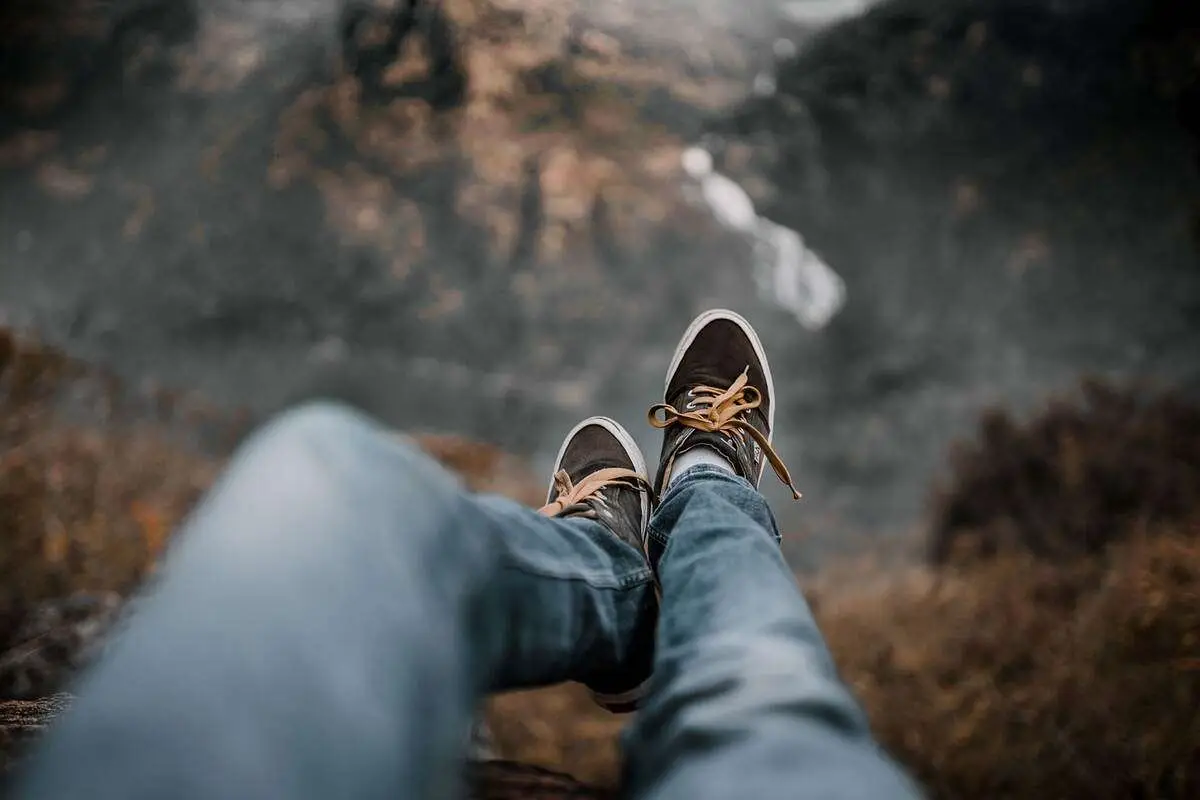The extreme and overwhelming fear of heights is known as acrophobia. Even when faced with a bit high locations, people with acrophobia experience considerable anxiety, whereas it’s common for many people to feel uneasy when standing at tremendous heights. In regular things, like ascending stairs or crossing bridges, this kind of fear can be distressing. Acrophobia is a type of special phobia in which, regardless of the real risk, great terror is evoked by conditions involving being far above the ground.
Acrophobia affects between 3% and 6% of the overall population, with women twice as prone to experience it as males. Thankfully, therapies like exposure therapy and cognitive behavioral therapy (CBT) have been shown to be successful in assisting people in managing and, frequently, overcoming their fear. The Greek word “ákron” (peak or edge) is where the word “acrophobia” originates. The word “acrophobia” emphasizes its focus on higher locations and is derived from the Greek words “ákron” (peak or edge) and “phóbos” (fear).
Acrophobia's signs and symptoms
Emotional Signs:
Acrophobics frequently experience panic attacks when they believe they are high above the ground. Their sense of balance may feel unstable as a result of this dread, which could cause them to feel the need to cling to something stable or seek help right away. In order to reduce feelings of danger, people frequently reflexively lower their bodies by crawling or kneeling. Fear of heights can also cause one to imagine bad things that could happen, such falling or becoming stuck, which makes them want to get away immediately.
Physical signs:
Acrophobia can cause severe bodily reactions, such as:
- Tightness or pain in the chest
- Lightheadedness and dizziness
- Feeling queasy or nausea
- An erratic or fast heartbeat
- Shaking and trembling
- Breathlessness and heavier sweating
- Even just thinking about heights or imagining a high location can cause these symptoms.
- Many people also describe feeling as though they are falling or losing their balance.
Avoidance and Anxiety:
The intensity of acrophobia symptoms varies; some people experience anxiety only in extreme situations, while others may respond to pretty low heights. Seeking the right aid is essential because these symptoms can significantly restrict one’s lifestyle if they are not managed.
Phobias Related with Acrophobia
Vertigo(Medical Condition)
Aerophobia: The fear of flying
Bathmophobia: Fear of stairs or slopes
Climacophobia: Fear of Climbing
Illyngophobia: The fear of experiencing vertigo
Agoraphobia: Fear of crowded or open areas
A complicated profile of anxiety can be influenced by each of these connected phobias. A mental health specialist can help distinguish between different phobias, resulting in a more accurate diagnosis and specific treatment for each one.
Causes of Acrophobia
Evolutionary Elements
Trauma and Learned Experiences
Fear of Dropping
Environmental and Genetic Factors
Acrophobia in Childhood vs. Adulthood
Risks Associated with Acrophobia
Physical Risks
Avoidance Practices in Behavior
Effects on Mental Health
Decreased Life Quality
How do Doctors Diagnose Acrophobia?
Diagnostic Criteria
To diagnose acrophobia mental health professionals look for:
Intense and Unreasonable Fear: The fear of heights must be persistent and out of proportion to the actual danger.
Anticipatory Anxiety: They experience a lot of worry and dread just thinking about heights, even before the situation arises.
Avoidance Behaviour: A clear pattern of avoiding situations that involve heights, sometimes going to great lengths to avoid them.
Impact on Daily Life: The phobia must impact daily activities, restricting the person’s ability to function normally.
Duration
To be diagnosed with acrophobia symptoms must have been present for at least 6 months. The fear and anxiety must be persistent, causing significant distress and leading to avoidance behaviours that impact daily routines. Healthcare providers will also rule out other physical or mental health conditions that may cause similar symptoms.


















